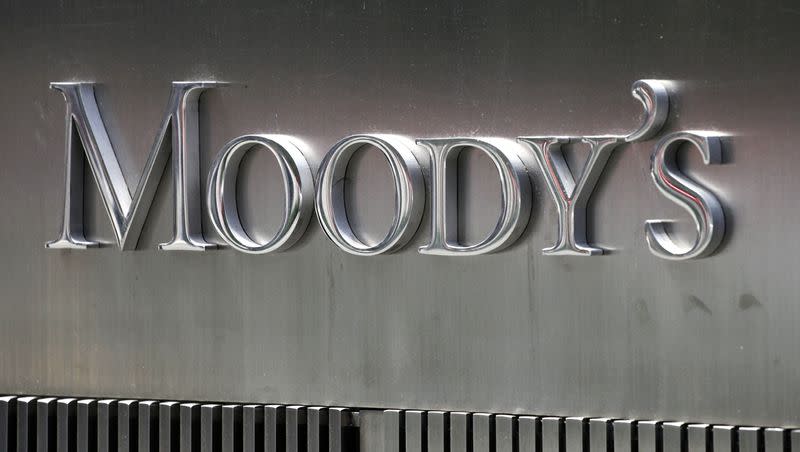Moody’s downgrades 11 regional banks, including Zions, U.S. Bank, Western Alliance

Moody’s Investor Services on Friday issued downgrades for 11 regional investors after the credit agency signaled last month that it was conducting reviews of some banks following the collapse of tech-centric Silicon Valley Bank.
Utah-based Zions Bancorporation was among the group of financial institutions that received downgrades.
The U.S. banking sector has come under increased scrutiny following the failures of Silicon Valley and New York-based Signature banks, both of which were impacted by losses on bond investments and unusually high percentages of uninsured depositors.
Related
Utah leaders respond to Silicon Valley Bank meltdown as feds promise to cover depositors
The seismic impact of Silicon Valley Bank’s failure is rocking Silicon Slopes companies in Utah
According to The Wall Street Journal, Moody’s said strains in the way banks are managing their assets and liabilities are becoming “increasingly evident,” and are pressuring profitability. Recent events “have called into question whether some banks’ assumed high stability of deposits, and their operational nature, should be reevaluated,” the ratings firm said in its report.
In March, Moody’s reported it was reviewing six banks for potential downgrades following the Silicon Valley Bank failure.
Zions Bancorporation disputed Moody’s assessment that the bank has “significant” unrealized losses on its securities portfolio and its capital has deteriorated, per The Wall Street Journal.
James Abbott, the bank’s director of investor relations, said Moody’s focus on unrealized losses misses the “tremendous value” of Zions’ granular, low-cost deposit base.
“We estimate that value creates more than $5 billion as a counterbalance to the unrealized losses to the securities portfolio,” Abbott said, per the Journal’s reporting.
Earlier this month, Al Landon, assistant dean at the University of Utah’s David Eccles School of Business, told the Deseret News that while he believes the U.S. banking sector is not on the verge of collapse, he does understand the nervousness the recent failures have incited in consumers.
“Overall I continue to believe that the industry is in strong shape and good condition,” Landon said. “But, it’s pretty understandable that when you have multiple, simultaneous shocks that some people would rightfully wonder if there are systemic problems.”
Landon said the quick response by regulatory and governmental agencies gave “a fair amount of confidence that we’re not at a calamity stage” but noted the events have spurred an appropriate increase in awareness, and scrutiny, of the unusual circumstances that precipitated the failures.
An unprecedented combination of circumstances that helped pull down Silicon Valley and Signature banks, which included a lethal combination of viral social media communications coupled with the speed of electronic funds transfer systems, created a scenario that would have been very hard for regulators to predict, Landon noted.
Correction: An earlier version of this story incorrectly described the banks that were downgraded by Moody’s as having failed. The earlier version also incorrectly characterized the total assets under management of three banks — U.S. Bancorp with $682 billion, Zions Bancorp with $89 billion, and Bank of Hawaii Corp. with $24 million — as losses.

